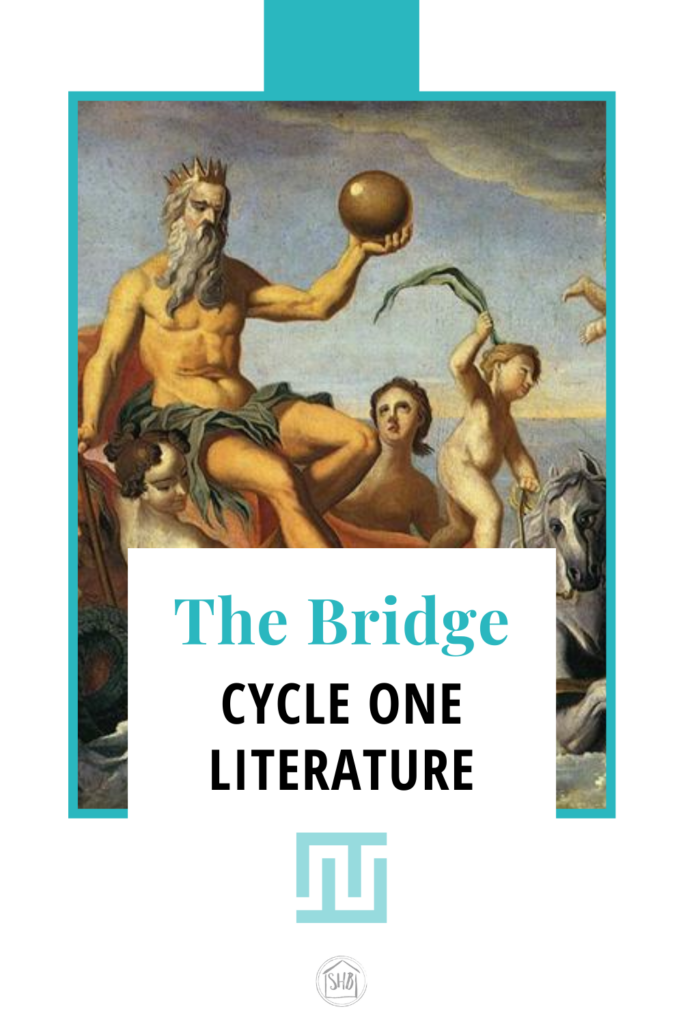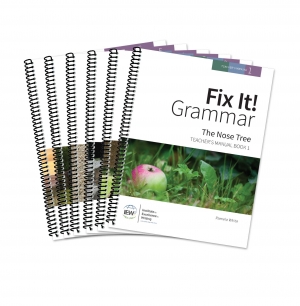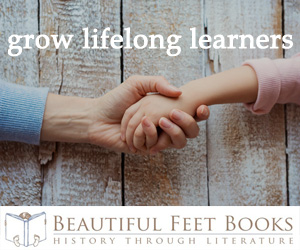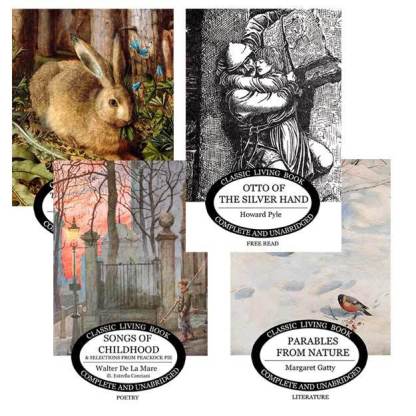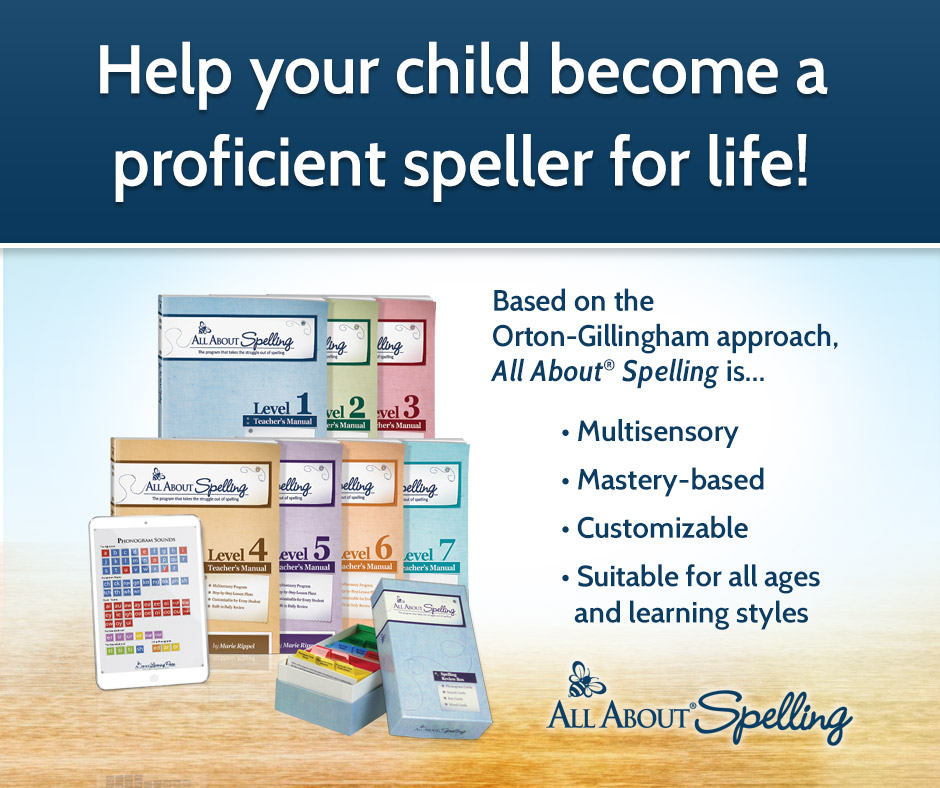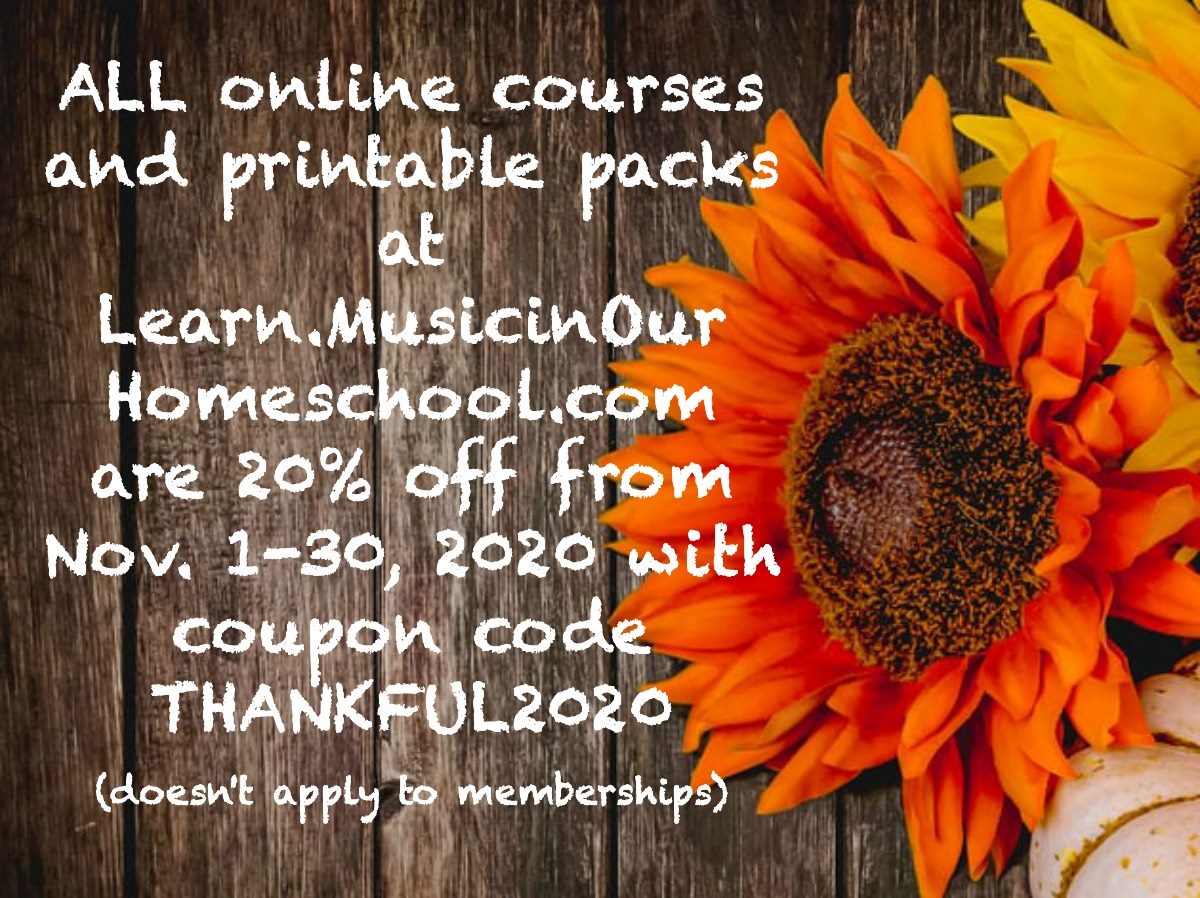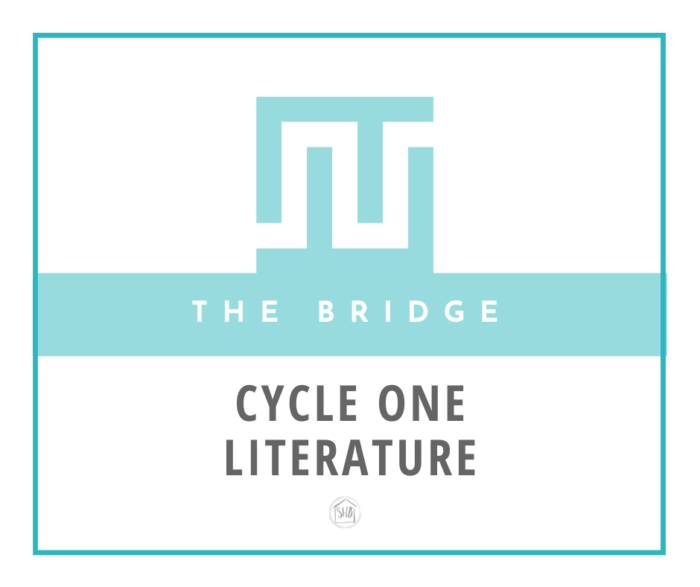
Writing out the title to this post suddenly had me thinking of some stuffy professor pronouncing it, “lit-ra-ture.” Don’t worry, you won’t find a whole lot stuffy around here. In fact a couple of times I considered changing the title from Literature to Reading. We are readers around here. Never once have I referred to any of my kids as literate.
But in a homeschool where much of the day is taken up with reading – of all sorts – one must be a bit more specific. Thus this post will discuss the ins and outs of the Bridge for Cycle One in regards to literature. Pronunciation is entirely up to you. Ooh! Maybe we could have fun with one another when we see each other and put on our cheesiest professor accents in our discussions.
This post may include affiliate links. If you click and make a purchase based on my recommendation, I get a small remuneration at no extra expense to you. I only recommend things I use and believe to be a blessing.
The Bridge Between CC and CM
In case this is your first time hearing about this Bridge, let me fill you in on some quick details about what is going on here.
- Our homeschool is what I would call Classical with Charlotte Mason influences. I am not slavish about any of the curricula or resources I use because the last time I checked none of them actually teach my kids. {Well, besides Saxon Math, but I had a little something to do in the early years. Even then Saxon is not my master.}
- I love the two approaches and have used them in our Early Elementary years. But I noticed they will not always be compatible. It’s not their approaches – because I believe them to be more alike than they are different – but their workloads.
- The upper elementary years of both Classical Conversations and Charlotte Mason (we use Ambleside Online) are jump years. Fourth grade is when students in CC enter Essentials – with a heavier work load. Year 4 is when CM/AO students’ workloads become heavier – Plutarch, Shakespeare, Latin, etc. The student is stretched, no matter which way the parent leans.
- By seventh grade/Year 7, the divide is so great between these two programs in terms of workload; a choice must be made.
I want to be there for my kid, bridging that gap for as long as possible. There will be a day when we will be left on one side of the river. The idea is for us to make as many journeys across the waters, using the tools afforded by both sides, so the tools remain.
Also, I can’t quite bring myself to burden my student with such onerous work in upper elementary. There are plenty of years for 7 hour school days ahead. Now, I want to continue to feed my kids good, living books, while building the solid foundation for their future educational pursuits.
Oh, and I am not doing any of this stuff perfectly. If you see something which sparks your imagination for your homeschool, wonderful! This is all about blessing one other homeschool mama, not about showing off.
What We Have Done in Early Elementary with CC and CM
If you have been following along with either Classical Conversations or Ambleside Online in the early elementary years, you have likely discovered just how easy it is to incorporate the literature of Ambleside into CC.
Classical Conversations is not a book list. In fact, they don’t really offer a lot of recommendations in the early years for literature. I am sure this is because they know there are so many good resources for recommendations on books. And if you have ever sat around the lunch table with the moms on a community day, you will hear lots of good read aloud recommendations.
Thus, in the early elementary years we have allowed the CM approach to recommend to us the must-read classics. The richness the AO book lists provide is sufficient for many tours with multiple students and many favorite re-reads. I have shared our absolute favorites from the early elementary years here.
So, where’s Classical Conversations in this? We are constantly finding connections to memory work in our literature selections. Just this evening we sang two history songs in our nighttime read aloud. Even our pleasure reading is interrupted with the celebration of “knowing.” I think the context our CC memory work adds to the books we read is priceless! Context is king, right?
What I wrote about History in the first Bridge post also aptly applies to Literature:
In this case, the CC work is doing what it has promised to do – provide the pegs on which to hang the greater contexts, the more detailed story. CC has built the structure of the massive storehouse of knowledge called “History.” Into that storehouse, AO has delivered various stories and details which fill the storehouse. CC has also provided passageways from one storehouse to the next. “Science” is right next to “History” and “Literature” sits right door, with “Grammar” on the other side. All this – the massive structure and the more minute details – have worked together to build the knowledge and understanding of my early elementary students.
Ambleside Online, too, has met its mandate – to bring “a life of rich relationships with everything around them: God, humanity, and the natural world.” My students become aware of the connections inherent in all of life and learning. They literally see them on their own, not because they are solely reading the living literature; but also because they see how what they learn in CC is connected to what they are learning in the rest of our homeschool pursuits. In fact, it ends up being rather seamless – surprisingly so.
Did I just quote myself? This is weird!
Why Not Keep at this Two-Pronged Approach?
As I mentioned, the Literature piece of our homeschool has left absolutely nothing to be desired. We have read some amazing books in the past 5 years! This seems to work so well, you might be wondering why I would get off of the two-conductor train I have constructed for myself.
As I started to look ahead to the Challenge or middle school and high school years, I wanted to figure out a way to introduce American History and Literature in my homeschool at the same time we were doing Cycle 3 – not by coincidence. The circumstances worked out rather well that my student was doing Year 4 during Cycle 3. But Year 5 of AO continues down the American History and Literature trail, while Cycle 1 would take my kids back to Ancient History.
Would there still be connections to be made? Yes, absolutely! I have seen it too many times to think otherwise. However, I started dreaming of a sort of fully immersive curricula. When CC was doing ancient history, I wanted to be reading CM/AO inspired living books to my kids focused on ancient history with rich literature selections to support their learning. Then when CC does the Middle Ages and the Renaissance (for the most part), I wanted to be able to dive into the living books in those areas, too.
With a bit of reworking and compromise, I felt I could structure a Bridge between the two choices of CC and CM.
How I Imagine the Bridge Working
So, as I said, I am looking to create this Bridge for the upper elementary years. Classical Conversations calls these years the Essentials years. Ambleside Online calls these Years 4 through 6. The idea is for my students to start the Bridge their first year of upper elementary. No matter which Classical Conversations cycle we are going through, the books and resources will be the same. I have selected books from all three of the AO years (4-6) and some other books from years 3, 3.5, and 7.
Thus, some of the books for a fourth-grader entering the Bridge will be “stretching” books. What stretches the fourth grader will be appropriate books for the fifth-graders and sixth-graders going through the Bridge that same year. Regardless of the age-grade level of the books, there will be fewer books per term and per year than Ambleside Online would have. Where AO would recommend upwards of 7 history textbooks for a year plus geography and biography, 5 science books plus biographies, and 4 novels plus other literature, I am only scheduling one or two books in each of those categories per term.
I am going to only refer to the cycle number of Classical Conversations in naming the elements of the Bridge. This program is intended for 4th-6th graders. The only thing that changes each year is the cycle.
The Bridge – Literature Cycle One
I feel like there has been a LOT of prefatory remarks about this Bridge. Keep in mind I am trying to answer all the questions which come into my head. However, I am sure others will have more questions. Please ask away!
If you are like me and want to read even more, I’ve got you! Here are the other articles I have written specific to the Bridge:
- Combining Classical Conversations & Charlotte Mason in Upper Elementary
- Charlotte Mason in our Classical Homeschool
- The Bridge – Cycle One History
So without further ado, here’s how I am breaking down literature for Cycle One
Terms
There will be three terms per year, set up as 12 week terms. The first term of Cycle One focuses on Ancient Egypt and other ancient civilizations. Term 2 will focus on Ancient Greece. And Term 3 will focus on Ancient Rome. The place we are in history informs the literature selections. There will be a lot of focus on myth, too.
If you look at the history memory work for CC’s Cycle 1, you might find it is surprisingly diverse in its ancient history scope in Cycle 1. You might also be surprised to see it stretch itself into the Middle Ages, the Renaissance, and even modern history. In general when I hear people talk about CC Cycle 1, they say Cycle 1 is the ancients year. Well, it is and it isn’t.
I am not looking for a picture-perfect match-up. Rather I am looking to immerse my students in a rich, multi-faceted tour through a period. Thus, 12 weeks dedicated to ancient civilizations (including Egypt), 12 weeks dedicated to Greece, and 12 weeks dedicated to the Romans is actually difficult to squeeze into one year. Yet, I feel confident this will strike the balance I am looking for between CC and CM.
Psst…I am hoping to be able to come back to Latin and South America in the next cycle, as its history comes more into focus as a result of the Age of Exploration.
Books
So many books have been under consideration for this Cycle! It was hard not to want to throw in more than necessary. And it was hard to pull back. But I am reminded often in my homeschool journey of the simplest and sincerest advice I can pass on to you:
“Today, do less. Do it well.”
– Sarah Mackenzie
So, I did it. I whittled down the choices to just these few. I can’t wait to dig into them with my kids. Here’s the list of books for literature for Cycle One.
- Tales of Ancient Egypt by Roger Lancelyn Green
- The Golden Goblet by Eloise Jarvis McGraw
- The Children’s Homer by Padraic Colum –
- The Bronze Bow by Elizabeth George Speare
- Age of Fable by Thomas Bulfinch
About Shakespeare
Ambleside Online has a Shakespeare selection for each term. The advisory board for AO selects them ahead of time for each year. We have enjoyed the selections immensely! We love reading Shakespeare together each week. The individual Shakespeare selections are for Year 4 and up. It looks different from the Shakespeare recommendations in the early elementary years.
However, I am looking for a bit more immersive approach for the Bridge. So, I took some time to look through my vintage Yale Shakespeare collection – a prized possession – and came up with these choices:
Last year I prepared a rough schedule for reading the Shakespeare selections slowly over the course of a term. I plan to write up another one for Cycle One. Don’t worry, I’ve got your back! Stay tuned.
About IEW’s Recommended Reads
Last year was our first in Essentials. The access behind the curtain, so to speak, afforded us with a wonderful book list to supplement the History-Based Writing Lessons as well as CC Cycle 3.
I used these selections as read-alouds with my oldest two students at night before bed. Not making the selections required brought an extra level of delight to our readings. We made it through the majority of the choices and loved most of them!
I have already picked up (or already have) these selections for Cycle One. Again, these are just pleasure reading. I do not require narrations from my kids. We do have discussions and talk about the books, but it is all for FUN!
- A Place in the Sun by Jill Rubalcaba
- Detectives in Togas by Henry Winterfeld
- The Gilgamesh Trilogy by Ludmila Zeman
- The Charioteer of Delphi by Caroline Lawrence
- Cleopatra by Diane Stanley
The Schedule for Literature for Cycle One
I am still working on putting all this into a printable schedule for you. Instead of releasing the schedules individually, I will be creating an overall master schedule similar to the ones you will find in AO.
Since the history for Cycle One of the Bridge informs the literature selections, some of the information will be introduced in the history books and then will be seen again later in the literature selections. I view this as a feature, not a glitch. In our homeschool experience, my kids like to “remember” things. They like to see things they vaguely remember and then suddenly hear one tiny detail which unlocks the entire store of the memory they have.
This is what I am looking for in the Bridge – for my kids to see the connections through exposure and immersion.
Following the Bridge
Are you interested in hearing more about this Bridge? You can get updates and extras when you sign up to get my emails. I have a specific email list for you. Here’s the sign up.
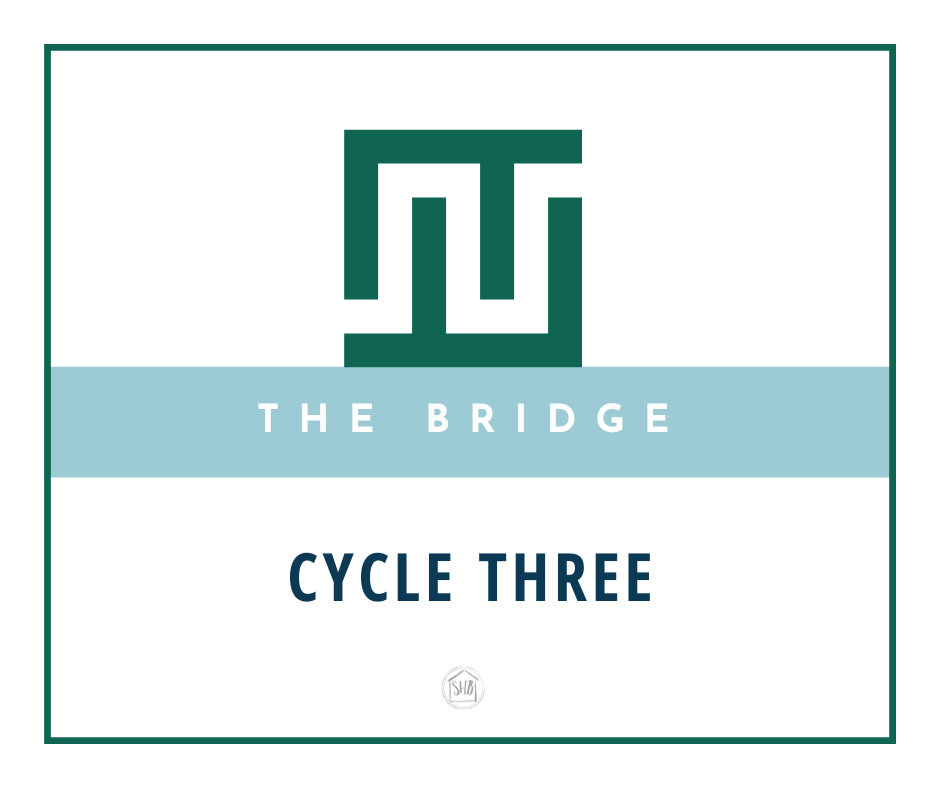
Looking to continue navigating the paths between Charlotte Mason and Classical philosophies in the upper elementary years? Please sign up here. If you are already a subscriber, it will NOT double-subscribe you.
